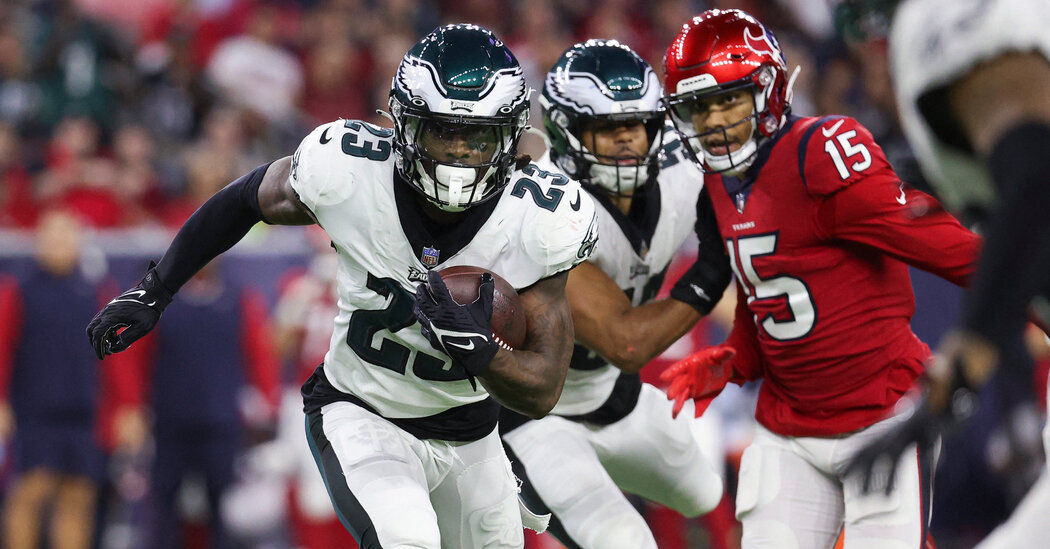
In the season opener against the Buffalo Bills, Los Angeles Rams quarterback Matthew Stafford, who ranked second last season in passing touchdowns (41), threw for only one score and two interceptions, and said the Bills “did a really good job of keeping a top on it” in the secondary.
Joe Burrow, the Cincinnati Bengals quarterback who threw for 250 yards or more 11 times in 2021, barely surpassed 200 against the Baltimore Ravens in Week 5. A reason, he said, was that the Ravens limited downfield strikes and allowed mostly underneath throws.
“If teams are going to play us like that, then that’s what we’re going to have to do,” Burrow said in his postgame news conference. “There’s nothing down the field if teams are going to play us like they did today.”
The scheme is not new. The former coach Tony Dungy, a Hall of Famer, said two-high safety coverages were the base formation in the 1970s for the Pittsburgh Steelers, with whom he won a Super Bowl in the 1978 season as a defensive back. That season, the Steelers allowed the league’s fewest points (195).
But in the N.F.L., schemes recycle in and out of usage as the opposition adapts. By the mid-2010s, with the success of the Seattle Seahawks and Coach Pete Carroll, Cover 3 became more popular. In that coverage, a single-high safety allows another defender to creep closer to the line of scrimmage, making running the ball more difficult.
But defenses began to deploy two-high looks last season against Kansas City after seeing how effectively the Tampa Bay Buccaneers limited quarterback Patrick Mahomes in the Super Bowl in the previous season. It led to the worst slump in Mahomes’s career: In his first 11 games in 2021, he threw 11 interceptions. The coverage highlighted a tendency, Mahomes said, of not throwing to receivers on underneath routes as he relied on downfield heaves.
“It becomes cyclical and kind of copycat because you want to copy a good thing,” Dungy, now an analyst for NBC, said in an interview last month. “Then the other side will try to figure out a way to attack the good things. And that leads to something else, and the cycle keeps going.”